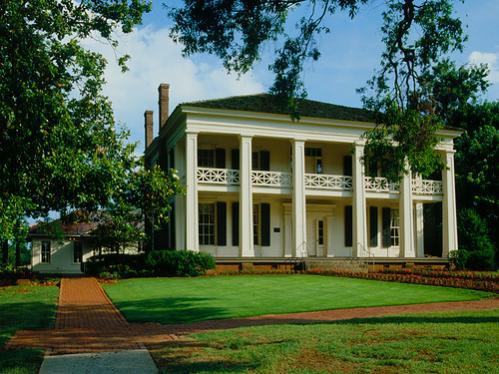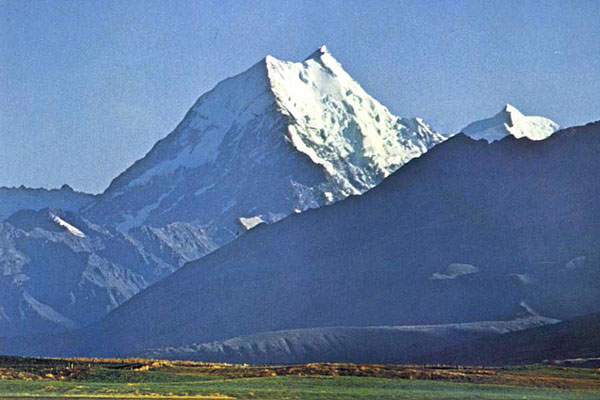The Art Gallery of South Australia (AGSA), located on the cultural boulevard of North Terrace in Adelaide, is the premier visual arts museum in the Australian state of South Australia. It has, after the National Gallery of Victoria, the largest state art collection in Australia.
With a large collection of more than 35,000 works of art and more than 510,000 visitors annually, the AGSA is renowned for its leading collections of Australian art (notablyIndigenous Australian and colonial art), British art (including a large collection by Morris & Co.) and Japanese art.
Located adjacent to State Library of South Australia, the South Australian Museum and the University of Adelaide, AGSA is part of Adelaide's North Terrace cultural precinct.
The Gallery was established in 1881, and has existed at its current location since 1900. Subsequent renovations and a significant extension of the building which opened in 1996 added contemporary display space without compromising the interior of the original Victorian building.
It was known as the National Gallery of South Australia until 1967 when the current name was adopted.
























